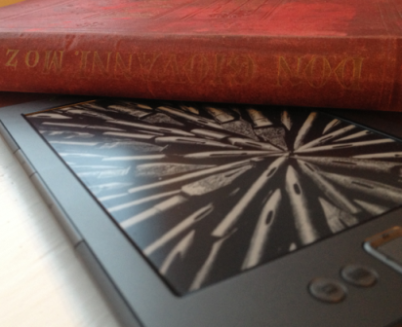There is the widespread idea that translation is a merely mechanical process that has little to do with creative writing and that its product is always deficient, a pale copy of a better original. This conception is based on the belief that a translation into Italian (or any other language) of, say, Hemingway, should aspire to be ‘what Hemingway would have written if he had written in Italian’. The brutal truth, however, is that Hemingway did not write in Italian and if he had, he wouldn’t have been Hemingway and would have written different books. Such a goal for translation appears, therefore, to be completely pointless and to judge a translation on this basis would be equally pointless.
In contrast to all that is said and written to highlight the shortcomings of translation, the posts in this series will highlight the brilliance of it, picking out examples where apparently insurmountable difficulties have been, in my opinion, overcome with exceptional grace and creativity.
The first example of brilliance in translation is an extract from Maurizia Balmelli’s translation into Italian of Cormac McCarthy’s Suttree. I came across it during a translation course in Turin. The English is:
‘Below him ravens rode up like things of wire and crepe weightless on the updrafts. They rocked and wheeled and slid away over the high vast emptiness with lost windmuted croaks.’
Anyone with some knowledge of Italian will appreciate the difficulties these few lines pose. First of all the variety of verbs that denote movement, which Italian cannot easily match. Secondly the brevity of the English (only two words contain more than two syllables), a feature so alien to the Italian language. Finally and crucially that single word ‘updrafts’, brief and clear in English, but which in Italian inevitably becomes the heavy and rather meteorological ‘correnti ascensionali’.
Maurizia Balmelli’s skillful translation is:
‘Sotto di lui i corvi si abbandonavano alle correnti ascensionali come cose di crespo e fil di ferro senza peso. Oscillavano e volteggiavano e scivolavano via sulle vaste altitudini del nulla con gracchi smarriti smorzati dal vento.’
Reading it, it almost seems easy.
You can read an interview with Maurizia Balmelli (in Italian) on the subject of her translation of Suttree here.
